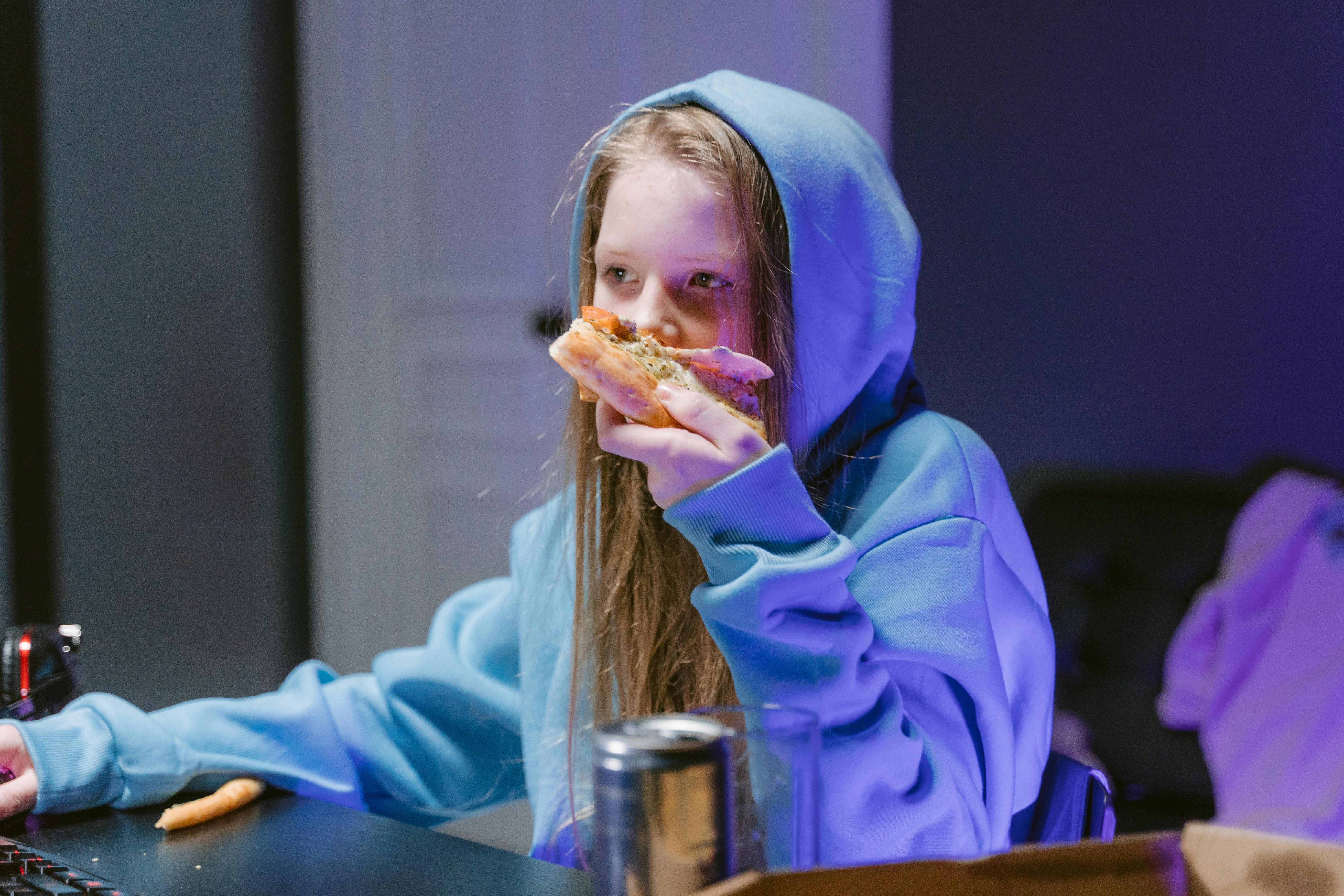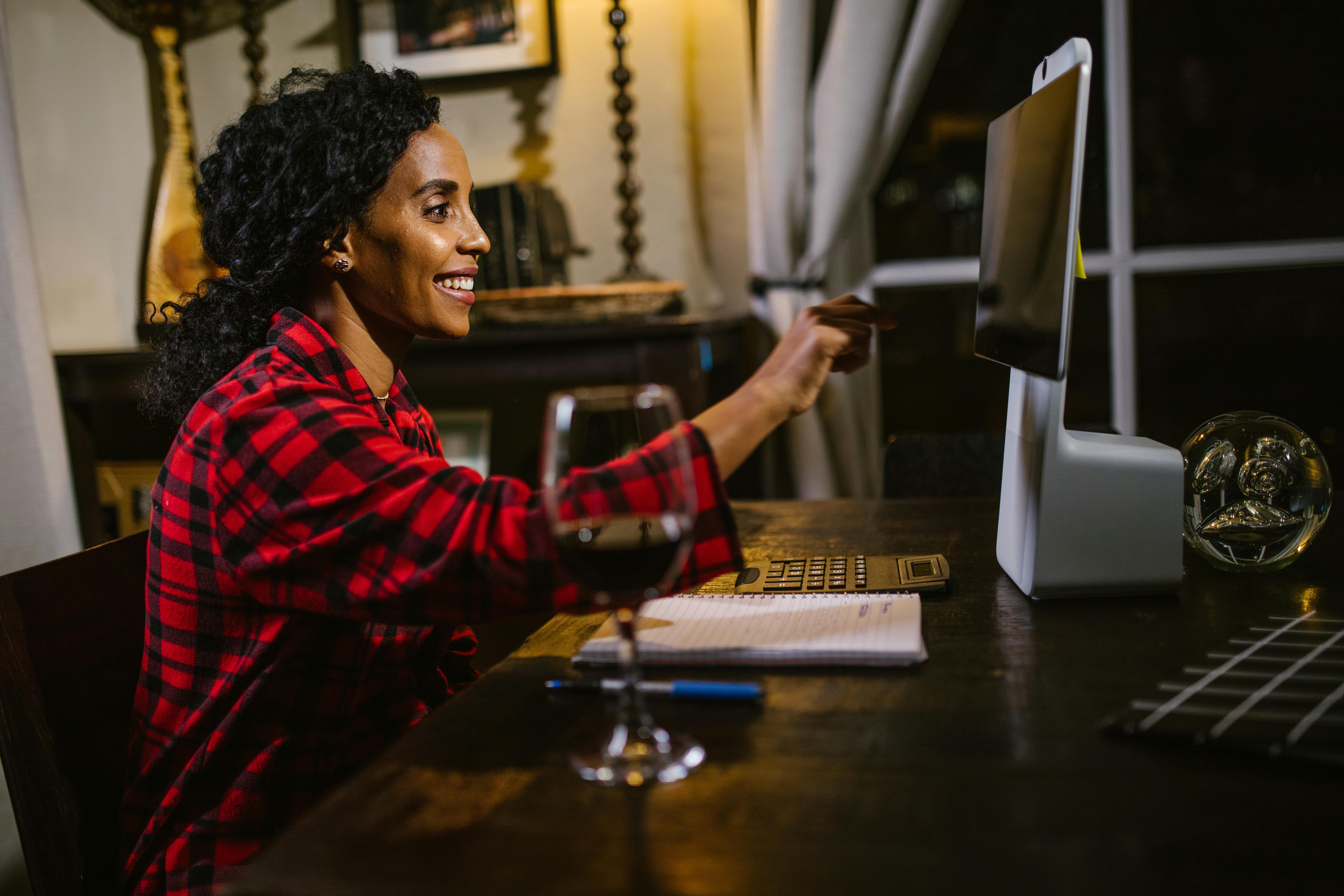Watch your home movies – edit your video footage into film
One of the most important things I do at work is edit. When people first think of sharing their life story, they are overwhelmed with the volumes of information to relate and tell. My job is to help them focus, record, and produce a clear, concise, and entertaining story.
One of the hardest things to do is edit your own family footage. In your eyes, everything that was filmed feels like it has great significance and significance. But a larger audience may not feel the same. This is why you MUST edit your footage if you plan on having others sit and watch it for an extended period of time. You must get to the heart of the story and remove all non-essential details.
While there is a great deal of skill involved in co-editing an amazing movie, for the average person, you don’t need great skills to make something that’s entertaining and worth watching. Think of editing a movie as similar to editing a final piece of work using your computer’s word processing program. You have many ideas. You just need to remove the ones that don’t add to your thesis and move the ones that do until they make sense and flow together.
And just like you need to find the right word processing software to edit your final work, you’ll need to find the right movie editing software that works best with your computer and skill level.
There are many types of editing software for Mac and PC at different prices. This article shares the top 5 programs for beginners and advanced alike. It’s a great roundup of the best out there and I totally agree with your recommendations. http://lifehacker.com/5165944/six-best-video-editing-apps
Once you’ve chosen your software, the first step in editing your movie is to CAPTURE all the footage you’ve shot and save it to your computer.
• If you shot on a removable drive, you can plug it into your computer and find all the clips you shot ready to edit right away.
• If you shot on digital tape, you’ll need to “digitize” your footage by connecting your camera to your computer via USB or Firewire, and then use your editing software to convert the footage into files the software can read.
• If you shot to a DVD, you’ll need to use software that splits the DVD into clips that can be used with editing software. (I like MPEG Streamclip, for Mac or PC. It works fine and it’s free! http://www.squared5.com/ )
Once you’ve captured your footage, you’ll want to organize it into clips and bins that go with a theme or story, depending on how you decide to organize it.
Once you’ve arranged your clips, you’ll place them on your software’s timeline and start rearranging them to create your story. This is where you’ll want to cut out all those extra parts that aren’t necessary, like the many “umms” and “ahhs” from the speakers, or the footage where you forgot to turn off the record button while you were recording. montage, or footage from last year’s Halloween party that was on tape but not relevant to the story they’re editing together about the family reunion. (You understand my point.)
The thing that will finally “connect the dots” and get your story flowing is using Cutaway Plans. A simple example is using photos or other non-interview images to cover interview cutoffs. (When you edit someone’s interview and cut it up into smaller parts, it will end up being a series of “jump cuts.” Cut takes or B-Rolls cover these jump cuts.) The best cuts are those that are relevant to the story. and enhance its meaning.
Regardless of how you go about editing your footage, the key is to turn it into something that is shorter and even more meaningful than the original footage you shot. Your audience will thank you more than you will ever know!


